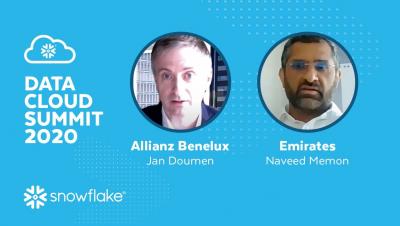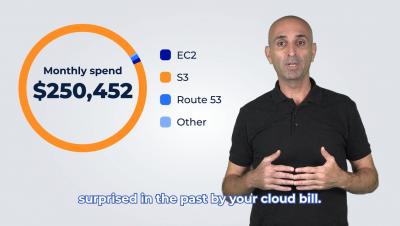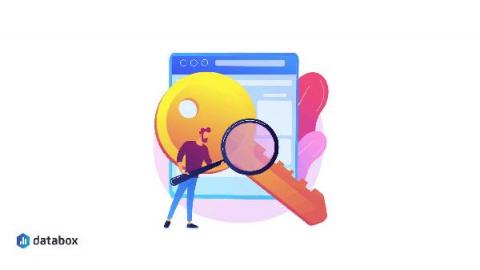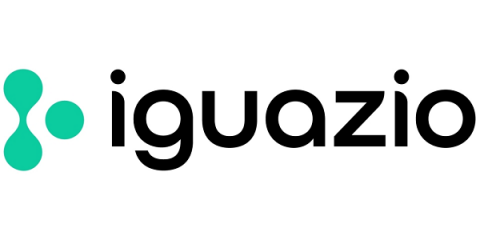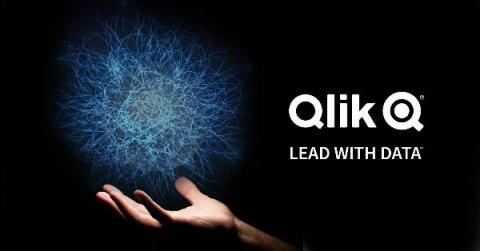Systems | Development | Analytics | API | Testing
Analytics
Why choose Anodot for AWS cloud costs monitoring?
Keyword Difficulty Explained: What It Is and How It Impacts SEO
No Lag Dashboards With Xplenty
Are you tired of slow dashboards? It’s a problem we hear end-users of BI tools complain about time and time again. Whether you’re an end-user or on the data team that the end-users blame, slow dashboards suck! With many BI tools now offering their own connectors and lightweight data transformation/preparation layers, slow dashboards are a common pain point across all organizations.
Accelerating ML Deployment in Hybrid Environments
We’re seeing an increase in demand for hybrid AI deployments. This trend can be attributed to a number of factors. First of all, many enterprises look to hybrid solutions to address data locality, in accordance with a rise in regulation and data privacy considerations. Secondly, there is a growing number of smart edge devices powering innovative new services across industries.
Using COD and CML to build applications that predict stock data
No, not really. You probably won’t be rich unless you work really hard… As nice as it would be, you can’t really predict a stock price based on ML solely, but now I have your attention! Continuing from my previous blog post about how awesome and easy it is to develop web-based applications backed by Cloudera Operational Database (COD), I started a small project to integrate COD with another CDP cloud experience, Cloudera Machine Learning (CML).
Data - the Octane Accelerating Intelligent Connected Vehicles
The digital revolution is making a deep impact on the automotive industry, offering practically unlimited possibilities for more efficient, convenient, and safe driving and travel experiences in connected vehicles. This revolution is just beginning to accelerate – in fact, according to a recent Applied Market Research study, the global connected car market was valued at $63.03 billion in 2019, and is projected to reach $225.16 billion by 2027, registering a CAGR of 17.1% from 2020 to 2027.
Next Stop - Building a Data Pipeline from Edge to Insight
This is part 2 in this blog series. You can read part 1, here: Digital Transformation is a Data Journey From Edge to Insight
Snowflake, the Swiss Army Knife of Data for inReality
inReality provides an analytics platform that leverages IoT sensor data (for example, visual technologies) to bring operational excellence and exceptional customer experiences to all types of venues. The company’s clients range from public schools to major telecommunication companies with the goal being to make their spaces more secure and efficient, to solve problems, and to create better experiences for their patrons.
Unlocking the Success of Digital Transformation with Active Intelligence
Every new decade sees businesses split into winners and losers as technology evolves, competitiveness tightens, and new market entrants challenge the incumbents.


